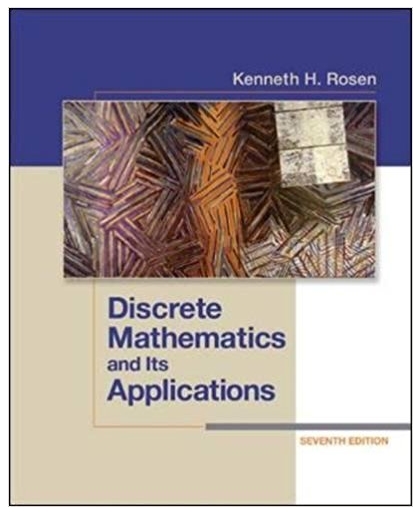Answered step by step
Verified Expert Solution
Question
1 Approved Answer
1 .an open study (where participants are aware of the treatment they are taking) is conducted to assess the time to pain relief following treatment
1 .an open study (where participants are aware of the treatment they are taking) is conducted to assess the time to pain relief following treatment in patients with arthritis. The following linear regression equations are estimated relating time to pain relief measured in minutes (dependent varialbel) to participants in age (in years)gender (coded 1 for males and 0 for females) and severity of disease (a scored ranging from 0 to 100 with higher scored indicative of more severe arthritis) Time to pain relief= -24.2 +0.9 Age Time to pain relief= 11.8 + 19.3 male gender Time to pain relief= 3.2 + 19.3 severity Time to pain relief= 19.8 + 0.50 age +10.9 male gender + 0.2 severity a. What is the expected time to pain relief for a male following treatment? Time to pain relief_______________ b. What is the expected time to pain relief for a participant age 50 folowing treatment? Time to pain relief_____________ 3. A randomized trial is conducted to evaluate the efficacy of a new cholesterol lowering medication. The primary outcome is incident coronary artery disease. Participant are free of coronary artery disease at the start of the study and randomized to receive either the new medication or placebo. Participants are followed for a maximu ten years for the development of coronary artery disease. The following data are abserved Number of participants Number with coronary artery disease Cholesteral medication 400 28 placebo 400 42 a. Compute the relative rish of coronary artery disease in patients recieveing the new medication as compared to the placebo. Relative risk=_________ b. Compute the odds ratio of coronary artery disease in patients receiving the new medication as compared to placebo 4. a prospective cohort study is run to estimate the incidence of sroke in a persons 55 years of age and older. All participants are free of stroke at study start. Each participant is followed for a maximum of 5 years. The data are summarized below. Number of strokes Men (n=25) Women (n=200) 9 21 Number of stroke free person-years 478 974 a. What is the annual incidence rate of stroke in men? Page 1 of 2 Incidence rate=_____ per 1,000 person years b. What is the annual incidence rate of stroke in women? Incidence rate=________ per 1,000 person years c. What is the annual incidence rate of stroke (men and women combined?) Incidence rate=__________per 1,000 person years 5. a national survey is conducted to assess the association between hypertension and stroke in persons 75 years of age with a family history of stroke. Development of stroke is monitored over a five year follow-up period. The data are summarized below and the numbers are in millions Develop stroke Did not develop stroke hypertension 12 37 No hypertension 4 26 a. Compute the cumulative incidence of stroke in persons 75 years of age cumulative incidence 5 years=____________ b. Compute the relative risk of stroke in hypertensive as compared to non-hypertensice persons Relative risk=_______________ c. Compute the odds ratio of stroke in hypertenstive as compared to non-hypertensive persons. Odds ration=__________ Page 2 of 2
Step by Step Solution
There are 3 Steps involved in it
Step: 1

Get Instant Access to Expert-Tailored Solutions
See step-by-step solutions with expert insights and AI powered tools for academic success
Step: 2

Step: 3

Ace Your Homework with AI
Get the answers you need in no time with our AI-driven, step-by-step assistance
Get Started


